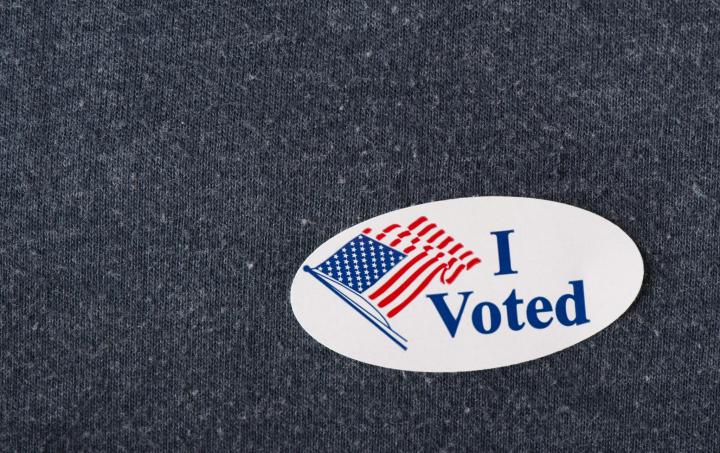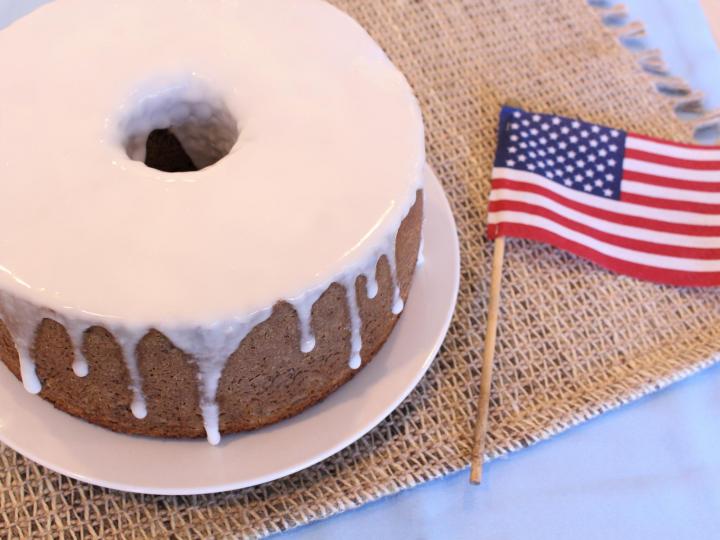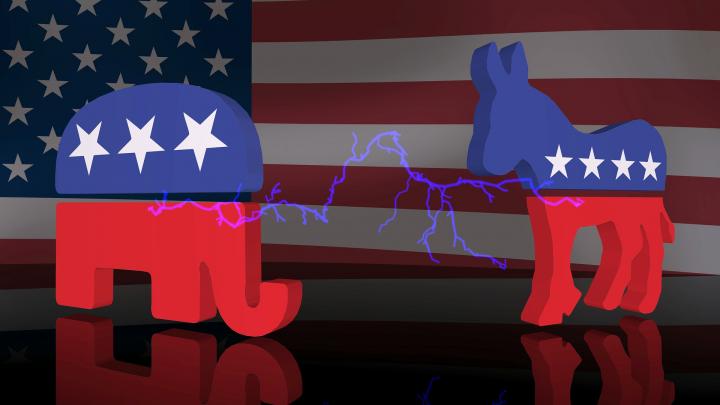
How Much Do—and Don't—You Know About Election Day?
ADVERTISEMENT
Biden did receive the most amount of votes and take over that Obama. While that might be controversial, it doesn’t change the vote count.
Thank you for pointing that out! The article has been updated.
I know my idea may be controversial to some people, but think about this compromise idea first before going crazy. Ok...Combine Veterans Day in November with Election Day and set it for the 2nd Monday in November as a REQUIRED Federal holiday. Benefits: A) a long weekend B) not increasing the number of federal holidays, C) Allowing time for veteran ceremonies that all who want, can have time off to attend, and D) Honoring veterans by having the freedom (and time) to vote. A winning NEW idea for consideration, that encourages increased turnout in our democracy that relies on voter turnout to make good selections.
1. Change Election Day to a National Holiday. ( POLL workers, POLICE, FIRST RESPONDERS and MEDICAL PERSONNEL and the NATIONAL GUARD will need to be employed. This alleviates CRUNCH time at the polls
2. Second MONDAY of November, not a Tuesday....: does not interrupt the work week; allows families to plan for child care if necessary. Gives people time to consider their values, discuss decisions with family regarding the importance of the vote.
I have given this some thought before. I think voter turnout would be increased if the day could be changed. For the past 250 years, the past 150 years, and even the past 100 years, the U.S. had been an agrarian economy. It no longer is. Back then, men (women couldn't vote then) could get up Tuesday morning, feed the cows and milk them, slop the hogs, harness the horses to the buggy, and go into town and vote. They then could return to their farms and get on with their chores. These days, most people are working for employers in office buildings and are expected to get to work at a certain time and leave at a certain time. In many cases, the commute time does not allow them to go vote either before or after work; and certainly not during normal working hours. And they don't feel like standing in line for long times to cast their vote. I recommend changing Election Day to Friday. The kids are in school, so there shouldn't be interference with weekend plans. Service industries could shorten their hours or allow some to vote in the morning and others vote in the evening so their employees could go vote. And there should be no change in pay for hourly employees. After all, salaried employees would still get their full pay.
Voting day should NOT be on a weekend. Weekend days are for catching up from a week of work and more importantly, Sundays are a day of worship and rest. Tuesdays have worked for many years--why fix something if it isn't broken? Employers are required to give employees time off to vote, so what would it accomplish to change something that is already engrained in our society. It would simply cause chaos around our nation.
Determination of a broke system is up for discussion. Also remember that while employers maybe be required to give employees time off, that does not mean it is paid time off. Recent years with long periods of waiting as well as long travel time to get to polls (BTW some design of this is intentional) means that many give up income to vote. That is especially a low SSE issue that again discourages people from voting. Finally, religious days should be avoided if possible but not at the expense low voter turn out. Separation of church and state needs to play into all these type of decisions. The key to healthy democracy is strong voter turnout as most of the people make a good decision most of the time, thus we must do all we can to get more people voting.
You forgot to mention the date when men who did not own land in the United States got the right to vote. Men's suffrage.
Immediately after the Revolution, many states had property requirements, believing people at the time needed an economic stake to vote and that a voter who lacked economic independence could be easily manipulated for their vote. This changed with industrialization. By only 1840 more than 90% of adult white men possessed the right to vote. Tragically, with this expansion, the doors closed on white women and free African Americans. This was a reversal in state rights. For example, in New Jersey, wealthy women had been allowed to vote since 1776 as well as all free blacks. Free African American men could only vote in six northern states and women could not vote at all.
Political campaigning in the US should be limited to 6-8 weeks, limiting donations to individual donors, no PACs. Voting day should be a legal holiday.
Yes, it’s a dear pipe dream of mine….












